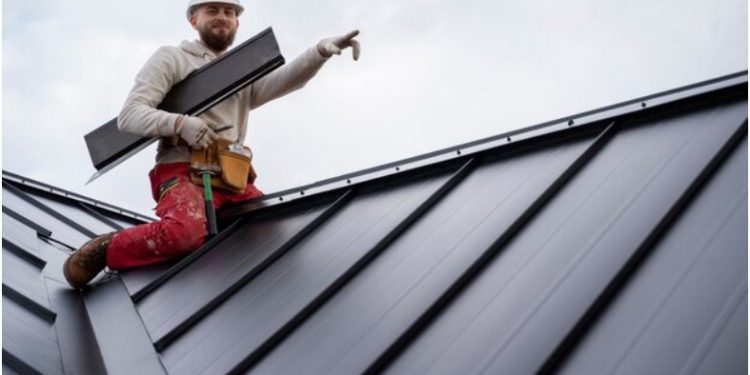Roofing is a crucial aspect of any home and it’s essential that it is done right. One of the most common questions homeowners have is whether roofing can be done in winter. The answer is yes, but with some caveats. In this blog post, we explore some of the things to consider when undertaking roofing in winter.
Understanding the Risks
Winter weather brings with it a range of risks that can impact roofing projects. Cold temperatures, snow and ice can all pose a threat to workers and materials. Additionally, winter days are shorter which means there is less daylight for working. These factors need to be taken into consideration when planning a roofing project in winter.
Safety First
Safety should always be the top priority when it comes to roofing. In winter, this means taking extra precautions due to slippery surfaces and potentially hazardous weather conditions. It’s important for workers to have proper protective gear and for the site to be clear of any snow or ice before work begins. Adequate lighting should also be provided to ensure safe working conditions.
- Understanding the Challenges of Winter Roofing
Winter roofing comes with its fair share of challenges. For starters, the cold temperatures can affect the roofing materials, making them brittle. This can make it difficult to install them and could even cause them to crack. It’s also worth noting that roofing in winter requires more care and attention to safety, as the weather conditions can be slippery and icy, posing a risk to workers. If you’re in Hephzibah, GA, and facing roofing challenges during the winter season, consider consulting a reliable Roofing Contractor in Hephzibah GA. Their expertise can ensure that your roofing project is handled with the necessary precautions and expertise to withstand the winter conditions.
2. Choosing the Right Roofing Materials
When deciding to undertake roofing in winter, it’s essential to choose the right materials. Asphalt shingles, for example, can be challenging to work with in cold weather. They often become brittle and can crack easily, which could result in leaks. Metal roofing, on the other hand, can handle colder temperatures and may be a better option. In general, it’s best to consult with a professional roofing contractor to determine the best materials to use for your specific project.
3. Taking Precautions to Protect Your Home
Roofing in winter also requires taking proactive measures to protect your home from leaks and draft. Ensure your roofing contractor has taken the necessary measures to avoid damage to your home. This may involve temporarily installing plastic sheeting over the roof to keep the snow and ice out while work is underway, as well as taking steps to address any drafts.
4. Ensuring Proper Installation
A crucial factor in the success of your winter roofing project is proper installation. This involves several things, including ensuring that the roofing materials are properly fitted and sealed to prevent leaks, as well as ensuring that the roofing is installed on a clean and dry surface.
5. Working with A Professional Roofing Contractor
Ultimately, the best way to ensure a successful winter roofing project is to work with a professional roofing contractor. Look for a company with a history of successful winter roofing projects, and one that has experience working with the specific materials you’re considering. A professional contractor will also be able to advise you on the best course of action for your specific project.
Roofing can be done in winter, but it’s essential to take the necessary precautions to ensure success. This includes understanding the challenges of winter roofing, choosing the right materials, taking measures to protect your home, ensuring proper installation, and working with a professional roofing contractor. By taking the necessary steps, you can have peace of mind knowing that your roofing will be done right, regardless of the time of year.













